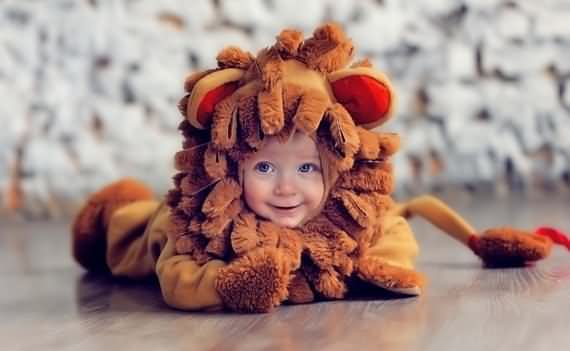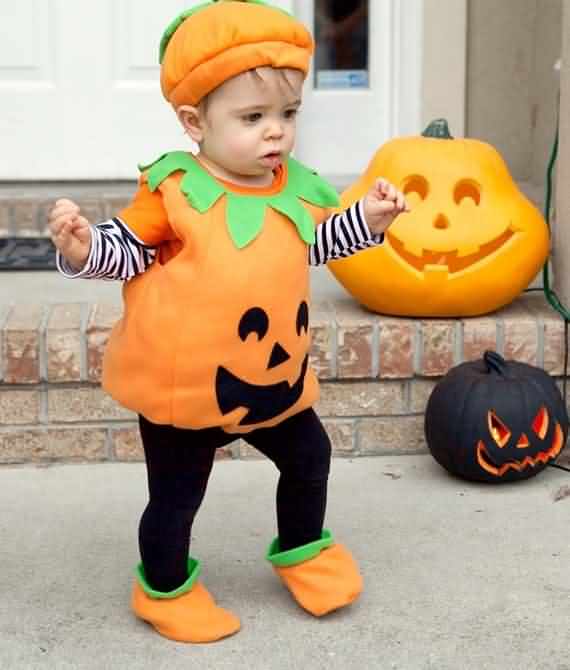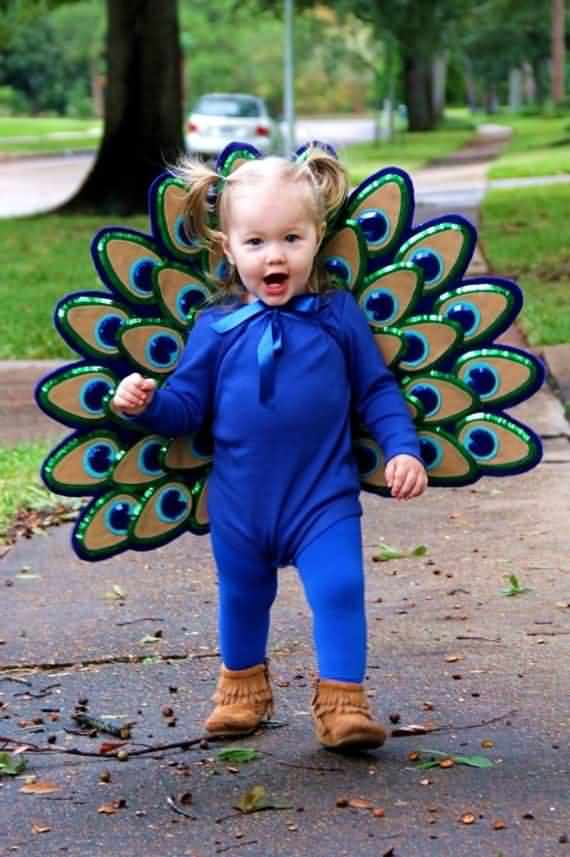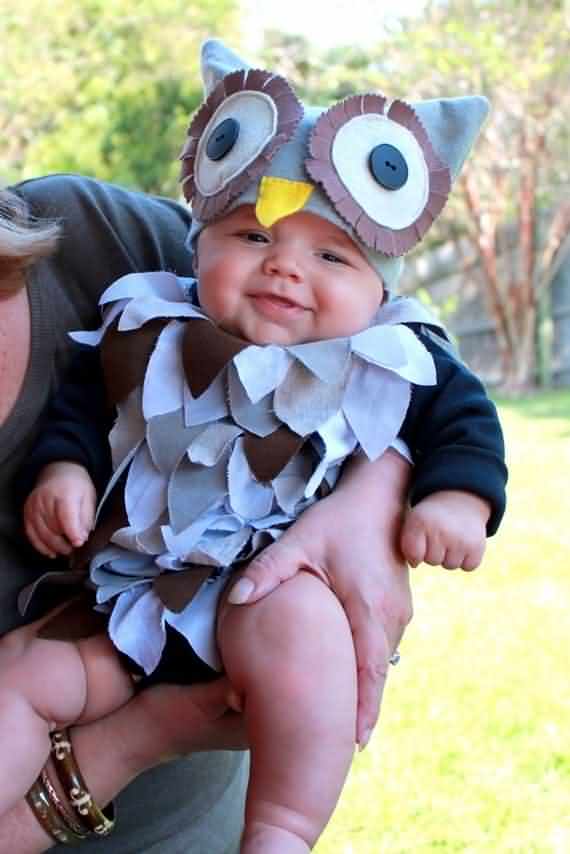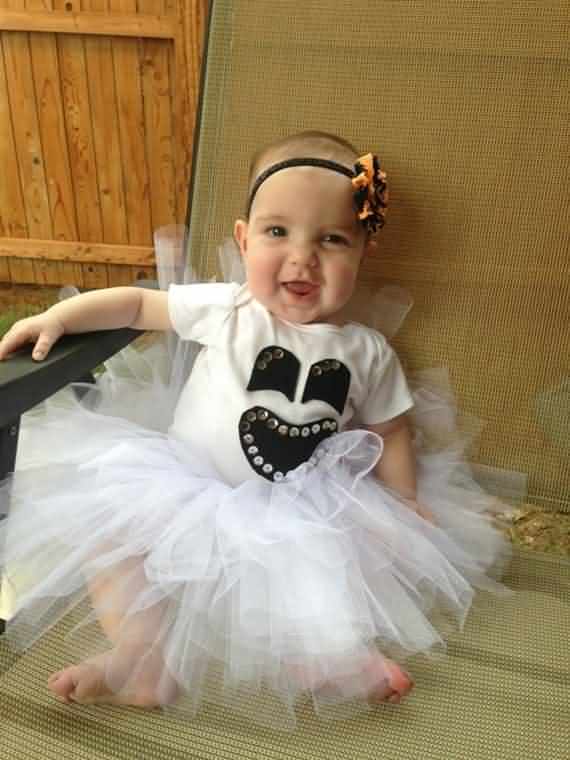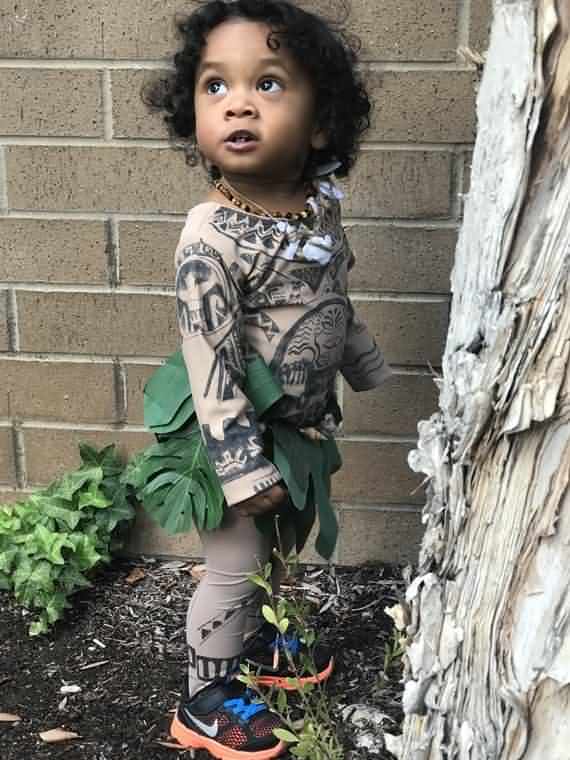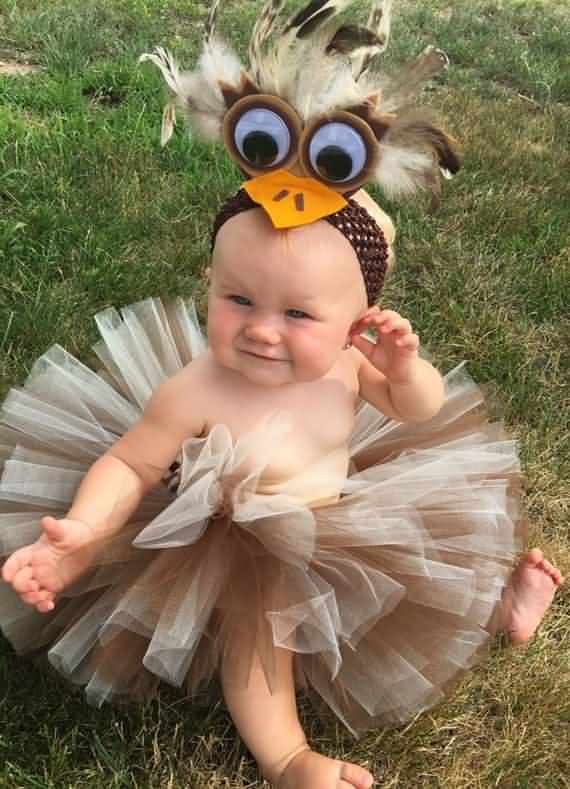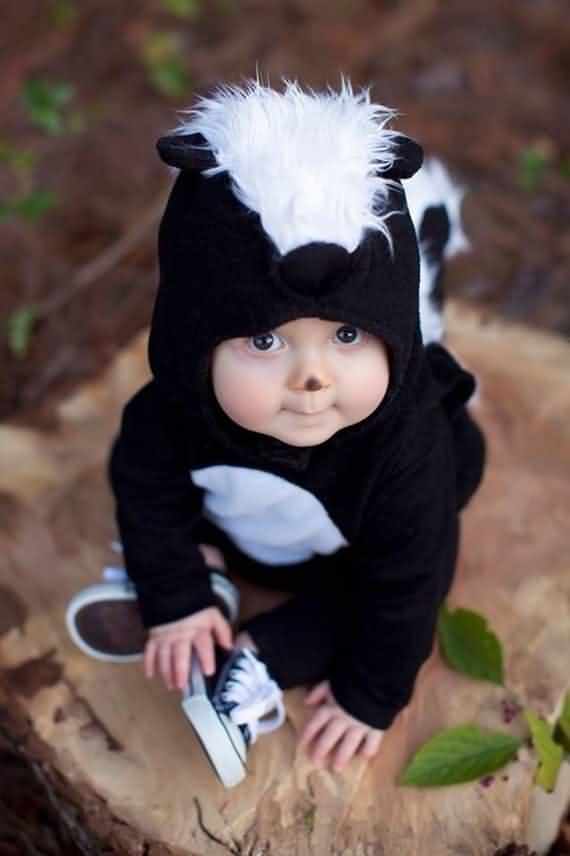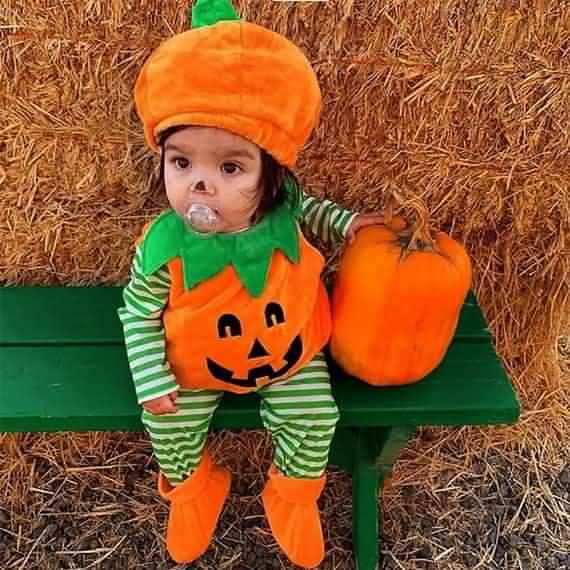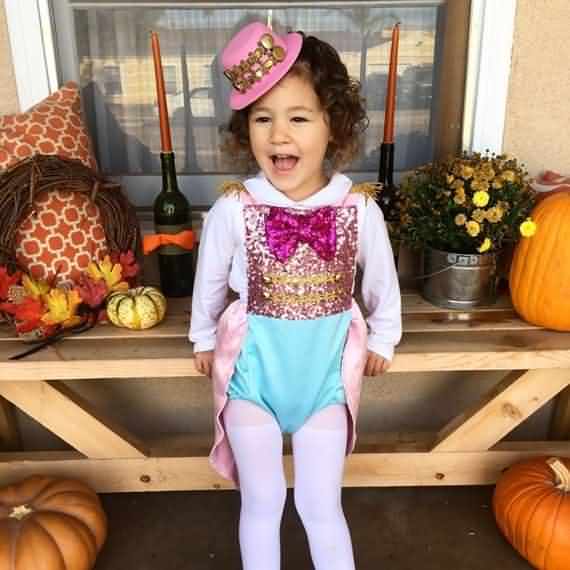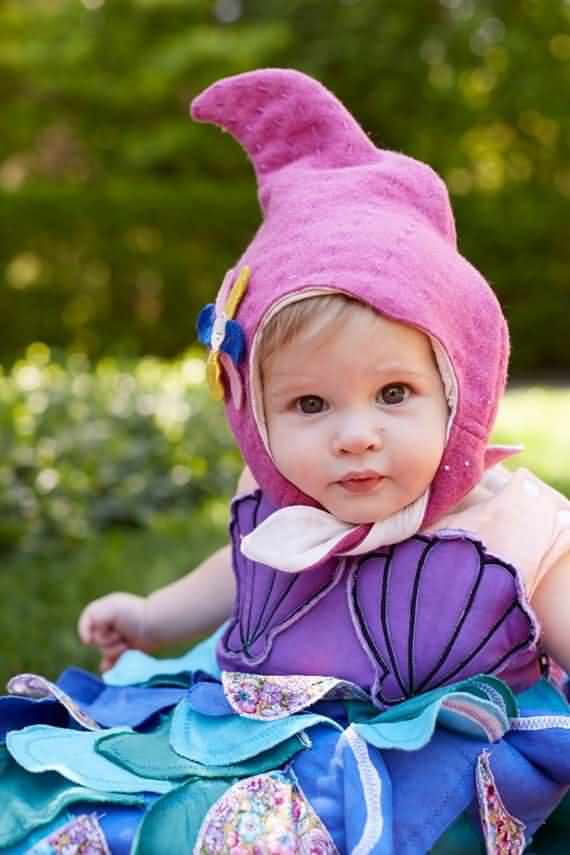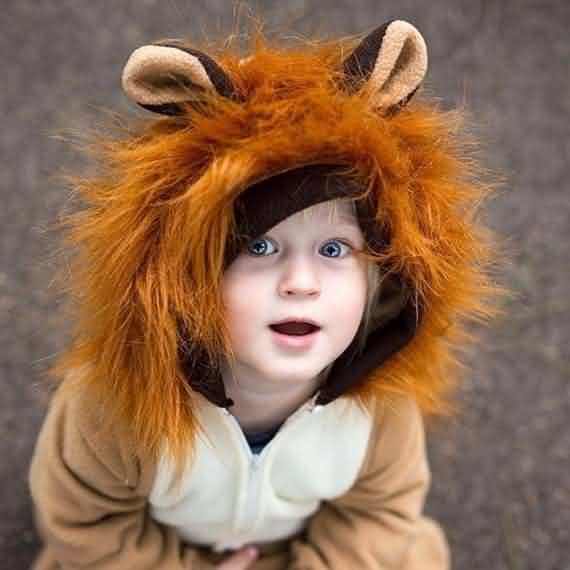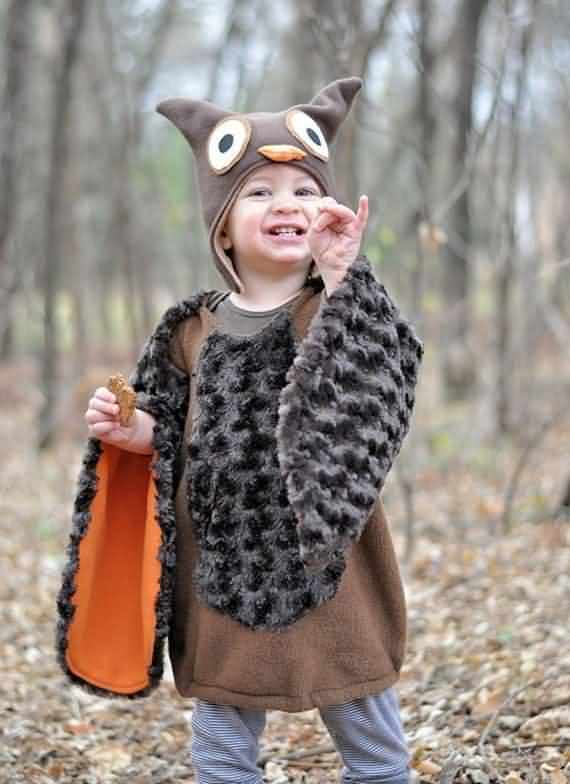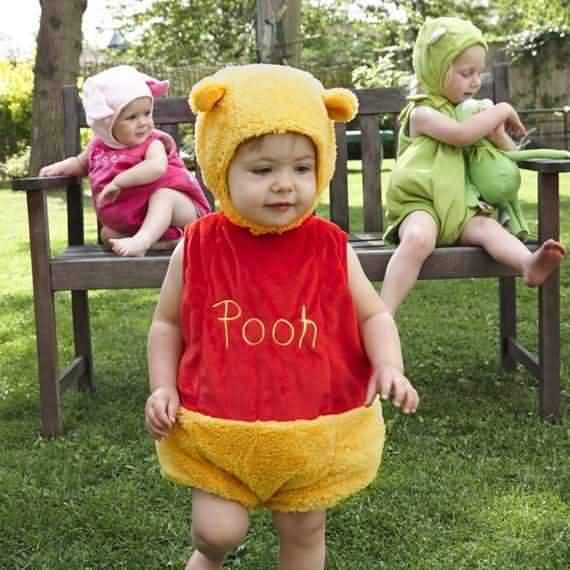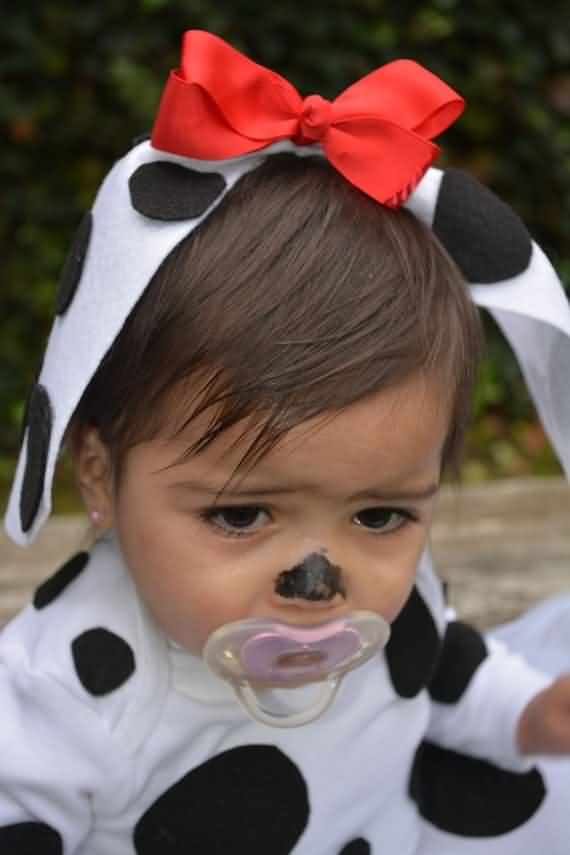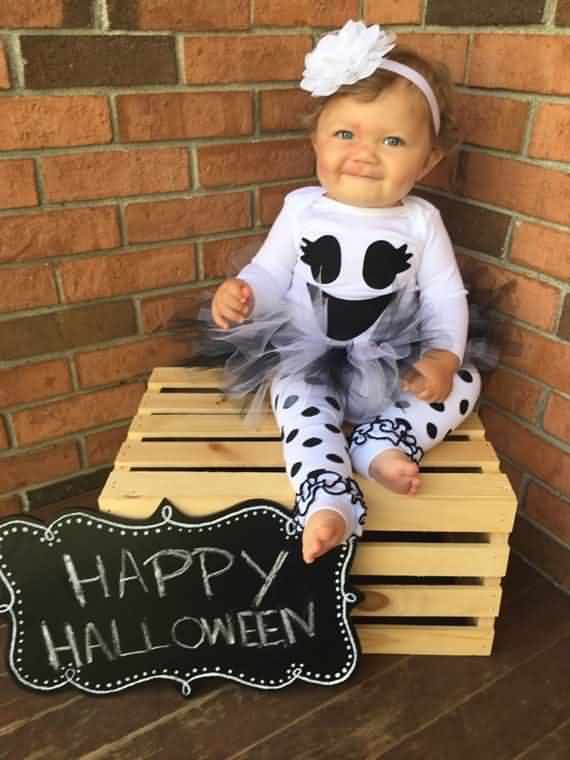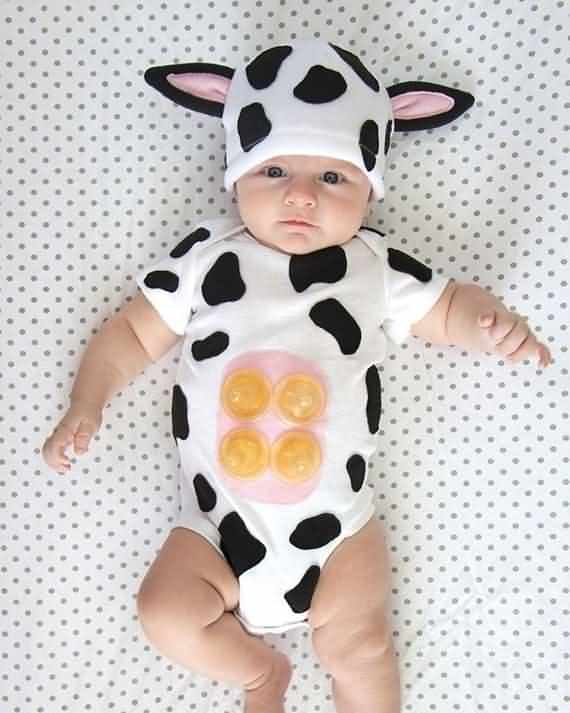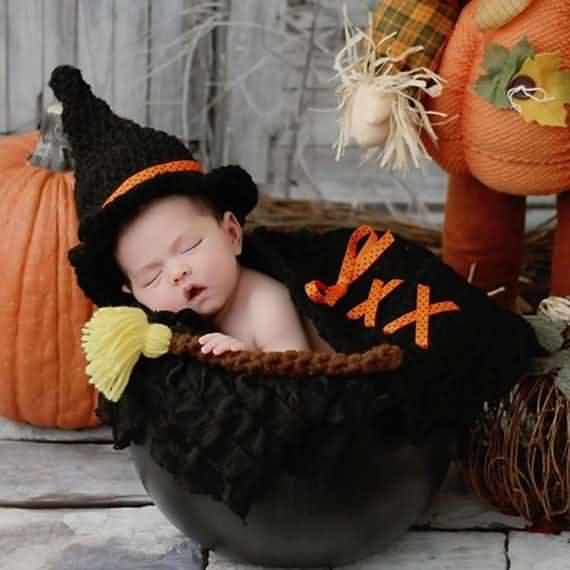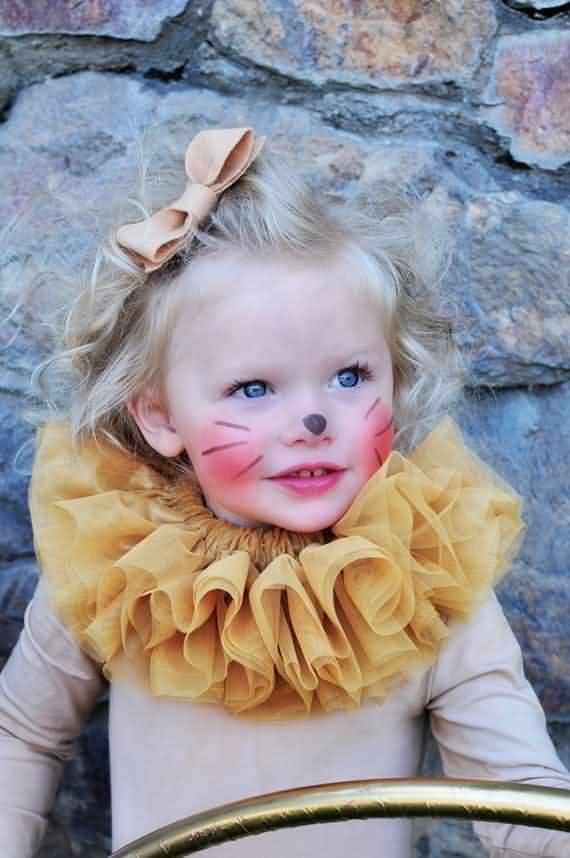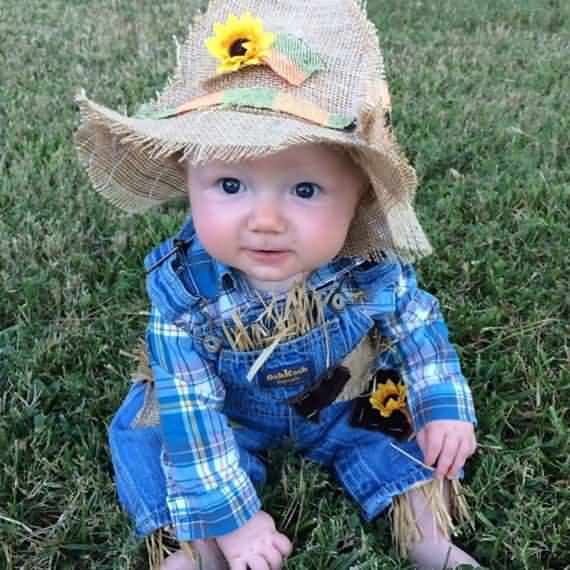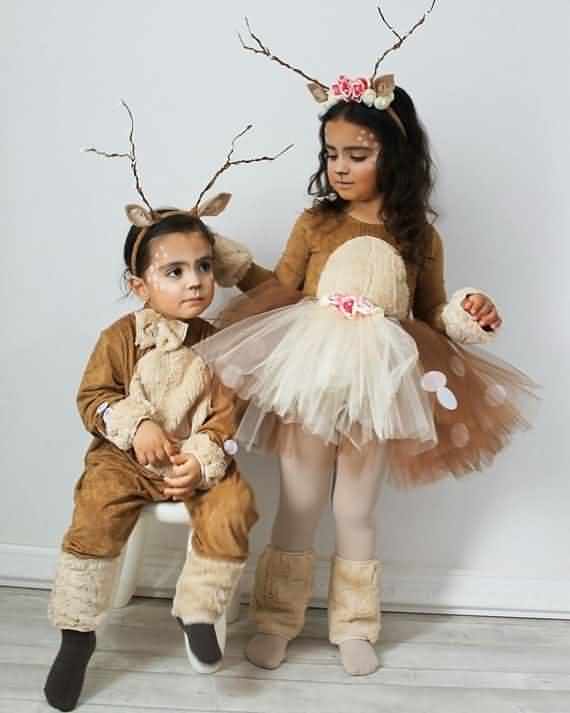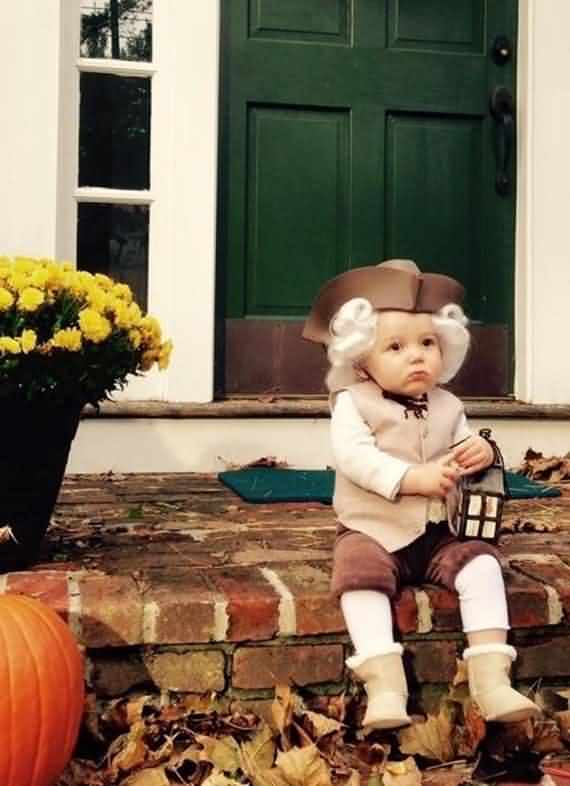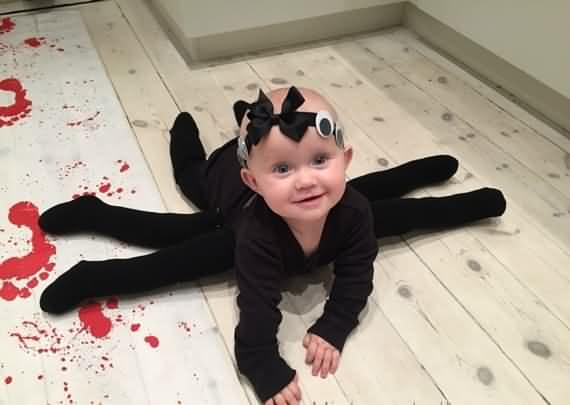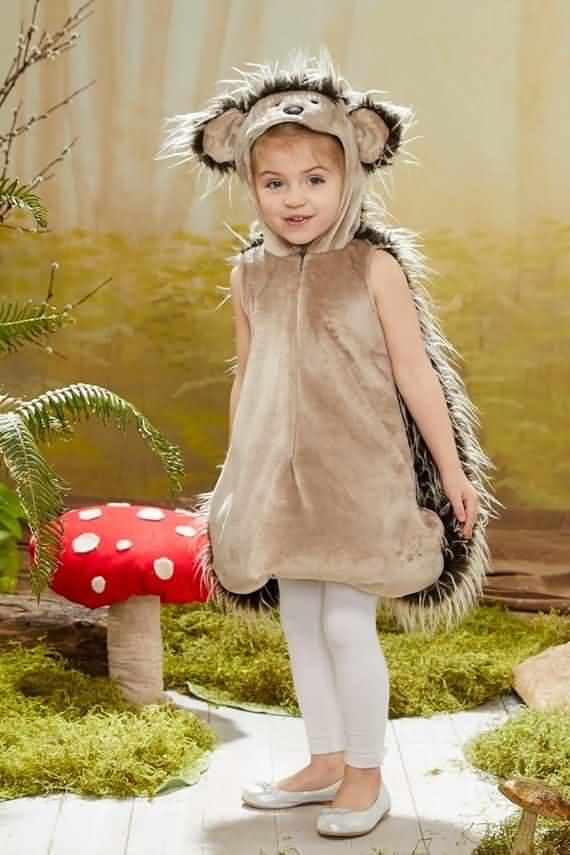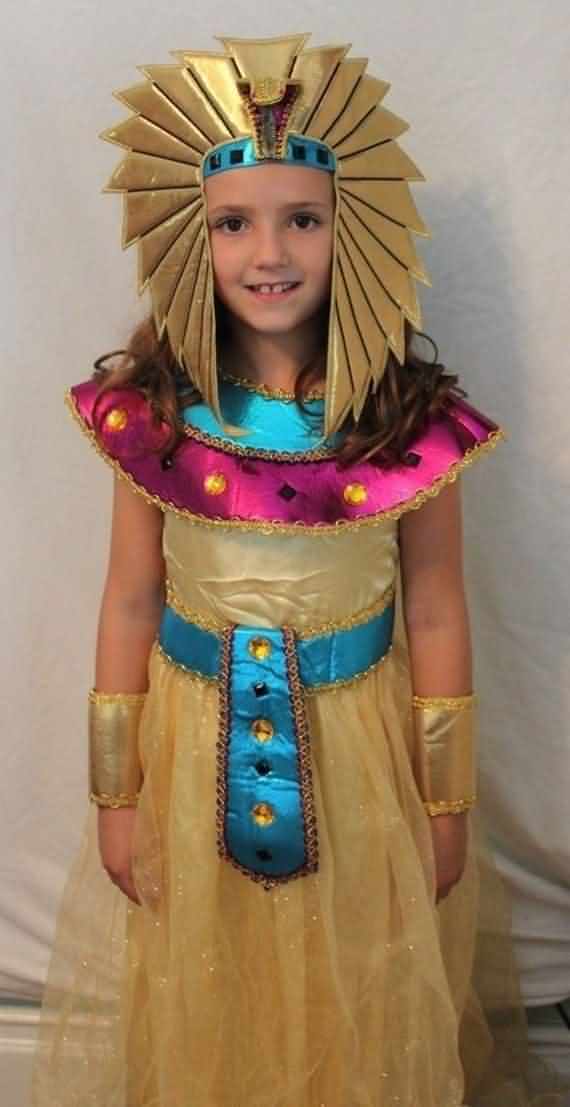Baby & Toddler Halloween Costumes 2025: Safe & Adorable Ideas
There’s nothing more heartwarming than seeing your little one experience the magic of Halloween for the first time. As we approach Halloween 2025, the world of baby and toddler Halloween costumes has evolved to prioritize safety, comfort, and absolutely irresistible cuteness.
Selecting that perfect first costume is about more than just creating adorable photos—it’s about introducing your child to seasonal traditions in a way that feels secure and enjoyable for them. Whether you’re planning for a quick photo session to complement your spooky decor, a brief appearance at a Halloween party, or a short round of trick or treating around the neighborhood, the right costume can make all the difference in creating positive early Halloween memories.
This comprehensive guide will walk you through everything you need to know about choosing, creating, and safely enjoying Halloween costumes with your youngest family members, ensuring their introduction to this beloved holiday is nothing short of magical.
Understanding the unique considerations for baby and toddler Halloween costumes is essential before you start shopping or designing. Unlike adult costumes or even older children’s outfits, infant and toddler wear requires special attention to safety, comfort, and practicality.
The perfect costume for this age group should feel like an extension of their regular clothing rather than a restrictive, unfamiliar outfit. It should allow for easy diaper changes, accommodate their natural need for movement, and avoid anything that could pose a choking hazard or overheating risk.
For Halloween 2025, the trend in baby and toddler Halloween costumes continues to move toward softer materials, simpler designs, and themes that celebrate the innocence of childhood while still embracing the festive spirit.
As you begin your search, consider how the costume will integrate with your family’s broader Halloween plans—will it be part of family matching costume themes, coordinate with your Halloween doormat decorations for photos, or need to accommodate evening temperatures during trick or treating? By prioritizing your child’s comfort and safety from the beginning, you ensure their Halloween experience is filled with wonder rather than discomfort.
Choosing the Perfect Costume: Safety and Style
Age-Appropriate Designs and Safety Features
When selecting baby and toddler Halloween costumes, safety must always be your primary consideration. For infants under 12 months, look for costumes that are essentially wearable blankets or pajama-style outfits without hoods, strings, or loose accessories.
These “onesie” costumes provide maximum comfort and eliminate choking hazards while still offering plenty of photographic appeal. For toddlers, who are more mobile but still unaware of potential dangers, avoid costumes with long trailing elements that could cause tripping, and ensure any headpieces are secure but not tight.
Masks are generally not recommended for this age group as they can obstruct vision and breathing; instead, opt for Halloween makeup ideas using child-safe, hypoallergenic face paints if you want to add facial details. When evaluating any costume, check for flame-resistant materials, especially if you’ll be around Halloween lighting and candles decoration ideas during your celebrations.
Also consider visibility—if you’ll be out after dark for trick or treating, incorporate reflective elements or carry glow sticks to ensure your little one can be seen by others. These safety considerations might seem extensive, but they’re what transform a potentially stressful experience into a joyful celebration.
Comfort and Practicality Considerations
Beyond safety, comfort is the most important factor in ensuring your child enjoys their Halloween experience. The best baby and toddler Halloween costumes for Halloween 2025 prioritize soft, breathable fabrics that won’t irritate sensitive skin.
Consider the weather conditions in your area—a heavy costume might be perfect for colder climates but could cause overheating in warmer regions. Look for costumes that allow for layering, so you can adjust according to temperature changes throughout the evening.
Practicality is equally important; costumes with snap crotches or easy-access zippers make diaper changes significantly less challenging. For toddlers who are potty training, avoid complicated one-piece outfits that would require complete undressing for bathroom emergencies.
Footed costumes should have non-slip soles to prevent falls, especially if your toddler will be walking during trick or treating. Remember that comfort extends beyond physical sensations—some children are sensitive to certain textures or feel anxious in restrictive clothing, so involve your child in the selection process when possible and have a “practice wear” session before Halloween night to identify any issues.
Creative Costume Ideas and Family Coordination
Popular Themes and Adaptable Concepts
The world of baby and toddler Halloween costumes offers endless adorable possibilities for Halloween 2025. Classic characters remain perennially popular—think fluffy animals, cheerful pumpkins, and friendly ghosts that are instantly recognizable and photograph beautifully.
The spooky cute aesthetic has particularly strong appeal for this age group, transforming traditionally scary concepts into adorable versions—think pastel witches, smiling skeletons, and friendly monsters.
Food-themed costumes continue to delight, with everything from tiny tacos to adorable strawberries bringing smiles to everyone you encounter during trick or treating. For toddlers with specific interests, consider characters from their favorite books or TV shows, adapting them to be age-appropriate and comfortable.
Another trending approach is the “punny” costume—a baby dressed as a “crawfish” or a toddler as a “tired parent” provides humor that adults will appreciate while keeping the child comfortable. When brainstorming ideas, remember that simpler is often better—a onesie with ears and a tail can be just as effective as an elaborate outfit, with the added benefit of being more comfortable for your little one.
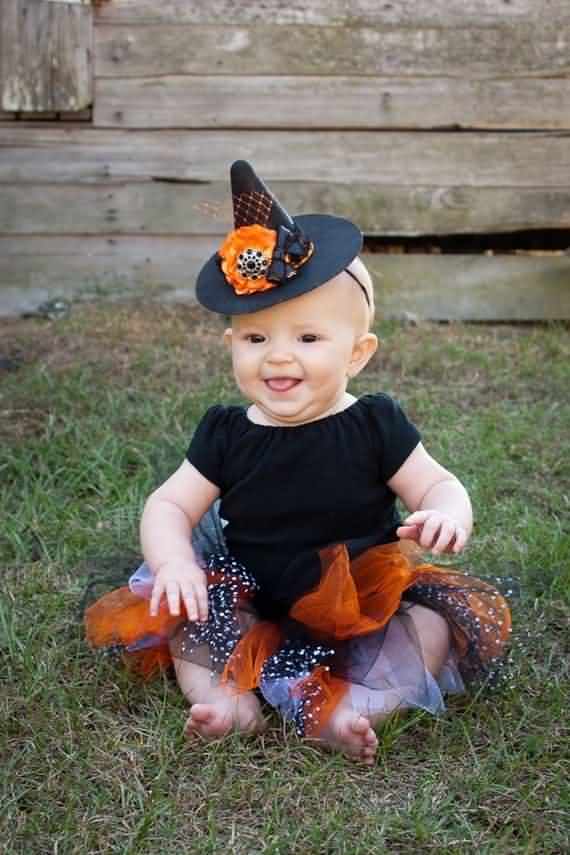
DIY and Family Theme Coordination
For craft-inclined parents, creating DIY Halloween costumes for your little ones can be a rewarding project that results in a truly unique outfit. DIY Halloween approaches for baby and toddler Halloween costumes often produce the most comfortable options since you control the materials and construction.
Simple ideas include turning a hooded towel into a shark costume, transforming a brown sweatsuit into a teddy bear, or using a striped onesie to create a miniature bee. These upcycled Halloween costume ideas are not only budget-friendly but also allow for customization based on your child’s specific needs and preferences.
Family coordination presents another wonderful opportunity—family matching costume themes can range from simple color coordination to full-character ensembles. A baby might be the cheese to parents’ mice characters, or a toddler could be Batman while parents portray Gotham City characters.
When planning family matching costume themes, ensure the children’s outfits maintain the same comfort and safety standards as standalone baby and toddler Halloween costumes. The goal is creating a cohesive look without compromising the little ones’ experience, resulting in adorable family photos and shared memories that will last long after Halloween 2025 has passed.
Making Memories: Photos and First Experiences
Capturing the Moment Successfully
Those first Halloween photos in baby and toddler Halloween costumes become cherished family memories, so planning your photography approach can help capture the magic without the stress.
Schedule photos earlier in the day when your child is well-rested and fed, rather than trying to capture perfect shots right before trick or treating or a Halloween party. Incorporate elements of your Halloween decor as backdrops—pose your little pumpkin by your best pumpkin carving ideas, or have your tiny ghost float near your Halloween fireplace mantel decorating ideas.
Natural light typically produces the most flattering images, so consider shooting near windows or outdoors during golden hour. Keep the mood light and fun; rather than insisting on posed perfection, capture candid moments of your child interacting with Halloween elements—reaching for a friendly ghost decoration, examining their costume, or enjoying their first piece of Halloween candy.
If you’re using Halloween makeup ideas to complete the look, test the products on a small patch of skin first to ensure no reaction occurs, and have removal supplies ready for when the photos are done. These captured moments will become precious reminders of your child’s early Halloweens.
Creating Positive First Halloween Experiences
Beyond the costume itself, planning your baby or toddler’s first Halloween experience requires thoughtful consideration of their needs and limitations. For infants, keeping routines as normal as possible is key—a quick photo in their costume, perhaps a visit to a neighbor or two for trick or treating, then home before overtiredness sets in.
Toddlers can handle slightly more activity but still benefit from shortened, managed experiences. Consider hosting or attending a daytime Halloween party specifically for young children, where the atmosphere is bright and cheerful rather than frightening.
If you do go trick or treating, limit it to a few familiar houses and focus on the experience rather than the candy collection. Bring along familiar comfort items, and be prepared to cut the evening short if your child becomes overwhelmed.
The goal is to create positive associations with Halloween traditions that will grow with your child, establishing foundations for many happy Halloweens to come. However you choose to celebrate Halloween 2025, the most important element is following your child’s cues and ensuring their comfort and happiness throughout the experience.
FAQ: Baby & Toddler Halloween Costumes
Q: What are the safest costume materials for babies with sensitive skin?
A: Look for 100% cotton costumes or those made from other natural, breathable fabrics. Avoid rough synthetics, and always wash the costume before first wear using fragrance-free detergent. Test any Halloween makeup ideas on a small skin patch 24 hours before use.
Q: How can I make store-bought costumes more comfortable?
A: Remove scratchy tags, line itchy areas with soft fabric, and replace uncomfortable headpieces with simpler alternatives. For footed costumes, add non-slip grips to the soles. Often, simplifying a store-bought costume improves both comfort and safety.
Q: What are some good first Halloween costume ideas for infants?
A: Simple is best for very young babies. Consider pajama-style costumes like animals, pumpkins, or food items. “Wearable blanket” costumes are excellent for infants who will be carried rather than walking. Avoid anything with bulky accessories or complicated pieces.
Q: How can I involve my toddler in costume selection?
A: Offer limited choices between two or three parent-approved options. Show pictures of the costumes, or if possible, let them feel the fabrics. Following their interests (animals, vehicles, favorite characters) increases the likelihood they’ll enjoy wearing their choice.
Q: What should I do if my child refuses to wear their costume?
A: Don’t force it—this creates negative associations. Try incorporating the costume into playtime before Halloween, or have them wear it for short periods while doing enjoyable activities. If they still resist, consider a simpler alternative like a themed shirt or just Halloween makeup ideas. The experience matters more than the outfit.
